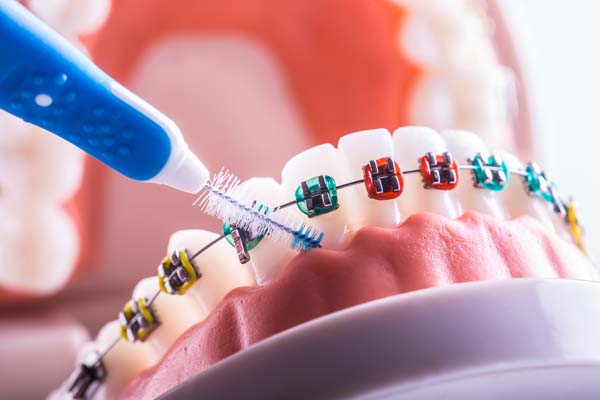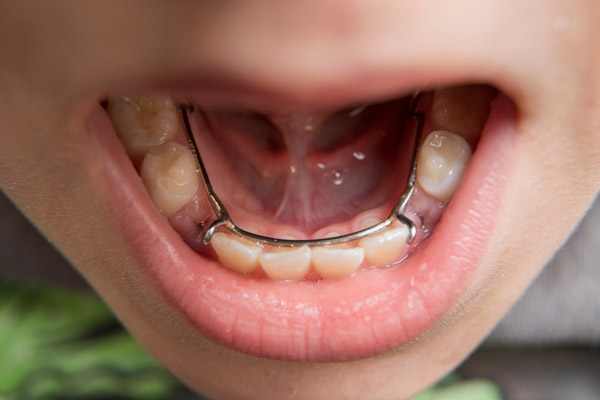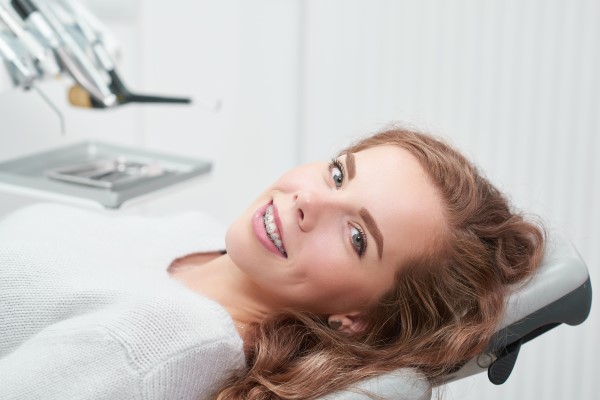How an Orthodontist Can Help Improve Speech and Chewing Through Bite Correction

Oral health is foundational to good overall health. Through the help of an orthodontist and bite correction, difficulties with chewing or speaking can be overcome. The inability to ingest food or clearly articulate impacts both physical and mental health. Bite correction has the potential to change the course of an individual’s health and wellness.
Impact of bite alignment
Changes in tooth alignment occur as the bone structure grows during adolescence and adulthood. As an individual grows older, the mouth's structure in both the upper and lower jaws should have the same U-shaped arch. As these arches align, the front teeth will rest comfortably on top of the lower teeth, though they will extend slightly beyond the bottom teeth. When the jaws do not line up correctly or when the adult teeth do not grow in properly, it can lead to oral health problems, create discomfort, and impede speech or chewing activities.
Types of bites
When the jaws are not properly aligned, it could lead to one of three types of bites. These are:
- Underbite (front teeth are tucked behind the front bottom teeth)
- Overbite (front teeth significantly overhang the bottom front teeth)
- Crossbite (individual teeth rest at a variety of angles through the mouth)
Malocclusion, or a misaligned bite when the jaw is closed, can affect one’s life, particularly in key life skills like eating and chewing.
Types of problems
Crooked teeth can make it harder to chew, causing discomfort and pain if not taken care of. Grinding and clenching can occur, which can cause premature tooth loss, broken teeth, or worn gums. Misalignment can strain the temporomandibular joint, creating cracking sounds when eating or speaking, frequent headaches, or severe jaw pain.
Speech difficulties can also come from poor tooth alignment, as the teeth are a crucial part of the speech process. Teeth that are twisted, overlapped, or crooked alter the way the tongue moves during speech. This can sometimes create a whistling noise as air passes between the teeth or cause the sounds to appear slurred.
Treatment through bite correction
The treatment used to address alignment or spacing problems with the teeth is termed bite correction. A consultation with an orthodontist will clarify what solution is best for a patient's situation. Upper and lower jaw alignment can often be corrected non-surgically through braces, either with the traditional metal brackets or clear aligner trays.
Appliances are fitted to the teeth and apply pressure to expand the jaw and slowly realign teeth into the desired position. Bands or extenders that connect the upper and lower appliances help pull the jaw into alignment. Brackets and aligners also slowly move crooked teeth into a uniform line without gaps or spacing problems. The severity of the condition determines how long appliances are worn, but plans can often take six months or longer to help ensure the teeth and jaw safely shift into new positions.
Conclusion
Orthodontics often uses pressure and special appliances to gently reposition teeth. Schedule a consultation to find out more about the treatment options that can help improve your speech or chewing patterns.
Request an appointment here: https://www.orthoisfun.com or call Henry Orthodontics at (910) 685-7395 for an appointment in our Pinehurst office.
Check out what others are saying about our dental services on Yelp: Orthodontist in Pinehurst, NC.
Recent Posts
Space maintainers are common dental pieces that are placed where teeth once were. The empty space created by dislodgement or extraction can put the oral cavity at risk, which is why the role that space maintainers play is so large. Orthodontists and many other dental professionals recommend space maintainers to set the child up for…
An orthodontist spends their entire career helping people to feel confident with their smiles, so if you have searched for “orthodontist near me” and are faced with choices about whom to see, you should choose a professional who values your patronage and happiness.Orthodontists focus on how the teeth are aligned and the jaw's position and…
Clear aligners are one of the most popular methods in orthodontics to address issues with alignment. Over the years, the technology behind aligners has improved greatly, thus allowing for more and more issues to be resolved. In addition to the versatility behind clear aligners, they offer an array of benefits that other approaches do not…
Invisalign® has changed how willing teenagers –– and everyone else –– are to start teeth straightening treatments. It provides an alternative to traditional metal braces that is virtually impossible to detect. Invisalign® treatments work the same way conventional braces work, the aligner trays exert a force on the patient's teeth pushing their teeth into better…


